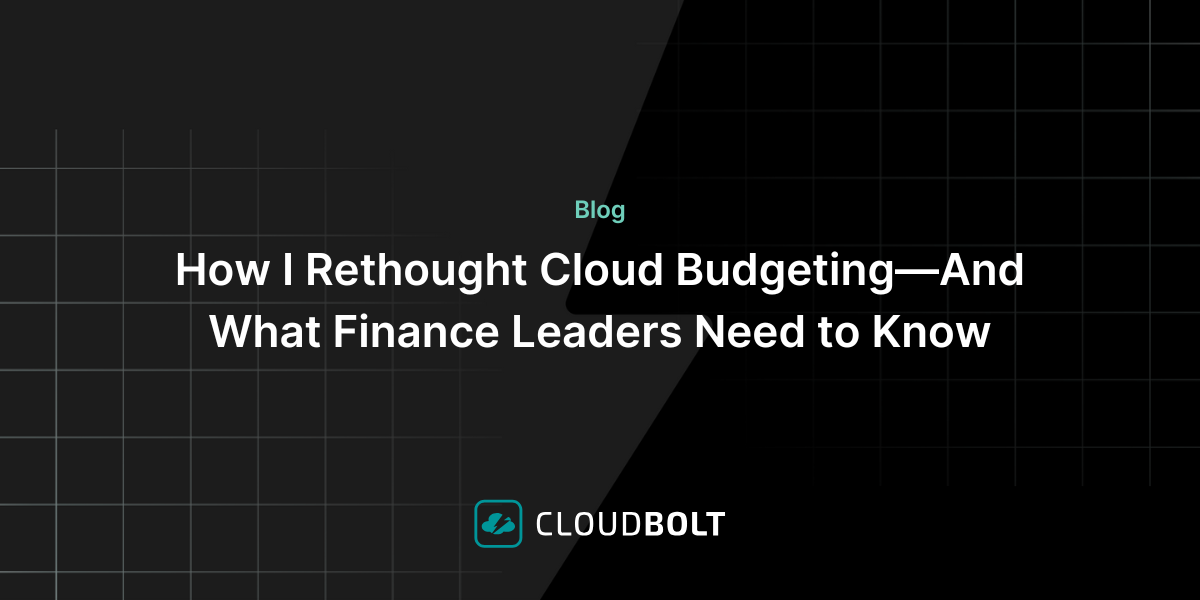Google Cloud Governance Platform: The Five Things You Must Do
Does your organization need a Google Cloud governance platform? To answer this question, you first need to establish responsibility for managing and tracking data on Google Cloud.
Letting each team or department manage their data security, data compliance, and data integrity is often unsustainable. This is because of high cost performance issues and security risks. This is why you need a governance platform.
Do you have a governance platform in place? Striking a balance between managing your data and making it accessible when needed can be difficult. Here are some cloud governance best practices to help you.
Have Complete Visibility of Data
If you don’t have a 360-degree view of your data and its sources, it becomes difficult to answer these questions:
- What data do you have?
- Where did the data originate from?
- What portion of it is in the public domain that shouldn’t be?
To deal with this problem, you need to detect all shadow IT instances within the organization. If any exists, find a way to integrate it into your authorized IT workloads.
Put in Place a Universal Labeling Policy
To organize and classify data, you need a universal labeling policy to label all assets in the same format. If your organization operates in a multi-cloud environment, you need to be cautious. Ensure the labels you use in Google Cloud Platform follow the same format as those used in Azure or AWS.
It is important to note that Google Cloud labels must be in lowercase.
Implement Access Controls
Use PoLP (Principle of Least Provide) for your access control protocols to restrict access for users, processes, and accounts. With these access controls in place, those who receive access can only perform routine authorized activities.
For any data stored in Google Cloud, IT should set up owner-reader privileges to control access to the organization’s data.
Enforce Data Access Audit Logs
IT needs to enable audit logs for data access. Organizations should also configure IAM (Identity and Access Management) profiles to prevent users from disabling data access audit logs. Doing this helps avoid data loss instances through security incidents, operational problems, and fraudulent activities.
IT should collect audit logs and store them securely in a storage volume with limited access for analysis whenever the need arises.
One benefit of using universal labeling policies is it becomes easier to identify and encrypt any sensitive data. In conjunction with total visibility, user labeling policies help IT avoid the tedious task of encrypting everything. Encrypting everything usually results in performance problems.
Google Cloud data loss prevention API helps you to de-identify, tokenize, or mask sensitive data.
Conclusion
Developing policies for Google Cloud Data Governance is not difficult. The challenge lies in enforcing compliance. After all, simply misspelling a label or misconfiguring IAM policies can expose your data to corruption or risk.
CloudBolt is a cloud management platform tailored for enforcing Cloud Data Governance on Google Cloud. You get real-time monitoring of your cloud environments and receive alerts if there are violations of your data governance policies.
We’re here to help you anywhere on your hybrid and multi-cloud journey. Request a demo today.
Related Blogs

How I Rethought Cloud Budgeting—And What Finance Leaders Need to Know
If you’re a finance leader trying to bring more structure and strategy to cloud budgeting, you’re not alone. While most…

